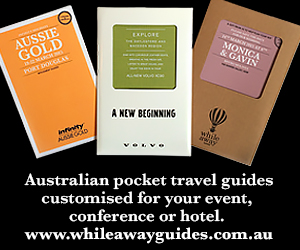Driving through the eucalypt forests of the Blue Mountains, two hours west of Sydney, a traveller comes upon a curious set of domed, crenellated buildings, perched atop a steep escarpment. What is this place?
Stretching for a kilometre and looking out over the vast Megalong Valley and red crags of the mountains, the complex resembles a cross between an old-style European spa and the art-deco Radio City building in New York. Step inside – and enter the extraordinary Hydro Majestic hotel, one of the quirkiest events venues in New South Wales.
 This is a world of fanciful, almost baroque, style where lofty public rooms and bars pay tribute to the whims and art of the rich and famous of the earliest Twentieth Century. Further exploration uncovers a history that reflects human endeavour and hedonism in equal measure.
This is a world of fanciful, almost baroque, style where lofty public rooms and bars pay tribute to the whims and art of the rich and famous of the earliest Twentieth Century. Further exploration uncovers a history that reflects human endeavour and hedonism in equal measure.
“We had electricity here five days before Sydney did, provided by coal supplies from down in the valley and generated by our own boiler,” laughs Adam Holmes (left), Operations Manager for the Escarpment Group, which owns the property. “When you think about those days, you wonder how on earth they got everything up here.”
Australia’s first prime minister, Edmund Barton, died of heart failure at the hotel in 1920. Australian opera diva Dame Nellie Melba sang here, as did English singers Dame Clara Butt and Nellie Stewart. Other guests included the creator of Sherlock Holmes, Sir Arthur Conan Doyle.
Many of these visitors were friends of Mark Foy, a colourful, womanising retail baron who opened the hotel in the winter of 1904. It was then Australia’s first health retreat, a place where woman drank separately from the men and a Swiss expert was brought in to design especially customised diets and steam treatments for guests.
Inspiring venues
Today the Majestic Ballroom, which can seat up to 250 for a seated dinner, and other function spaces offer extraordinary views of the valley below and serve as inspiring venues for weddings and corporate events, says Adam. But the views are not the only good reason to organise an event at The Hydro, he adds.
 “The hotel is a destination in itself, and you take a journey back in time when you visit it. It’s no cliché!”
“The hotel is a destination in itself, and you take a journey back in time when you visit it. It’s no cliché!”
Indeed the owners’ fairly recent refurbishment has ensured that none of the original structures have been “built over”.
“It’s lovingly maintained, yet each area of the hotel has a different theme which is evident when you walk through it,” says Adam, a Sydneysider with hotel management experience in the Middle East, Maldives and Mauritius. “That’s why we have a strong events business and a wedding here almost every weekend.”
Each one of the 67 bedrooms has a view of the valley, too, as does the main dining room, the Wintergarden, which resembles a spacious, silver-service eatery on an old-style transatlantic cruise liner.
The cuisine here is as mouth-watering as the view. On a recent Siteseer visit, starter options included butter-poached lobster tail and seared nori-crumbed tuna, while mains choices were organic lamb loin and pan-seared duck among others. For every dish there were accompanying wine suggestions. In another restaurant, The Boilerhouse, the hunger-busting lunch menu included a rich bouillabaisse and crumbed porked chops.
One of the lasting impressions of the property, in all its spaces, is tranquillity. In the bedrooms, which have views of the valley below, there’s a hush of the kind urban dwellers sometimes become aware of when they suddenly find themselves in the countryside.
 The Hydro Majestic is one of four properties in the Blue Mountains owned by the Escarpment Group. The others are Lilianfels resort, Echoes hotel and Parklands Country Gardens and Lodges. (The latter is a relatively little-known asset, says Adam, attractive especially for small, discreet conferences. It has 28 rooms.)
The Hydro Majestic is one of four properties in the Blue Mountains owned by the Escarpment Group. The others are Lilianfels resort, Echoes hotel and Parklands Country Gardens and Lodges. (The latter is a relatively little-known asset, says Adam, attractive especially for small, discreet conferences. It has 28 rooms.)
For delegates there’s much to do in the mountains, Adam adds. To facilitate events and team-building, Escarpment uses companies including Pinnacle, Team Building Australia, Fantastic Aussie Tours (rock-climbing, abseiling, canyoning), Scenic World, which operates one of the steepest train journeys in the world, and Dry Ridge vineyards in the valley below. The Retro Bus Company, which runs an old clipper bus, does food and wine tours in the area.
“Then every two to three months we host the Hydro Express, a train that travels from Sydney’s Central Station on a Saturday and Sunday and stops at Medlow Bath station across the road from the hotel,” says Adam.
“Over 220 guests off the train spend about three hours here, look around, have lunch and go for walks. We don’t organise these tours but we’re fortunate enough to have had the train named after us.”
A prime advantage of having conferences at the Hydro is the fresh air and ability to simply enjoy fantastic scenery, with little noise and few people around, he says. “You have time to think, to sit and do nothing and look at the view in a wonderful environment. And you can say you’ve been to a World Heritage-listed area; there are not too many of those around. [The Blue Mountains are] over a million hectares of sandstone plateaux, escarpments and gorges blanketed in forests including 91 species of eucalypts.”
From AUD85
Conference day rates at the Hydro start from $85 per person, based on a minimum spend. Most of the events business is from Sydney, though more Japanese groups are visiting, Adam says. Many clients are corporate, and the weddings business is obviously mostly at weekends. “We organise our own special events, too, like our Rio-to-Rome dinner where we’ll have a live band in the Wintergarden dining room. Or in February we’ll have our Roaring Twenties promotion which is a celebration of the 1920s; everyone gets dressed up accordingly and has great fun.”
Times outside school holidays or special days like Christmas are generally better options when you’re seeking the best conference deal, he adds. “Mid-week, too, is quieter, because our room rates fluctuate.” (Rates at these times start from around AUD230 a night)
More info:
E: reservations@hydromajestic.com.au
Ph: +612 4782 6885

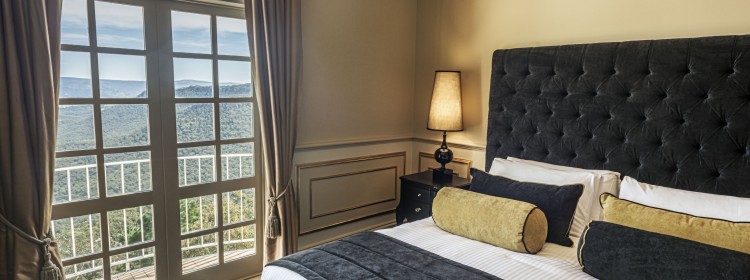









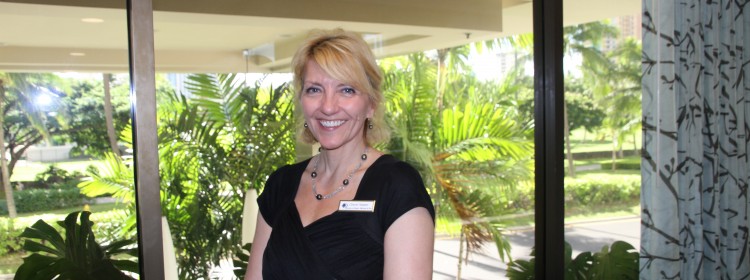




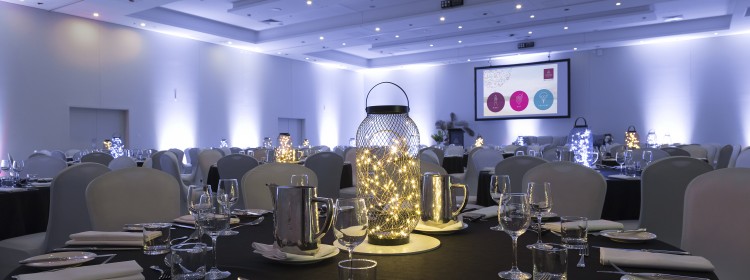




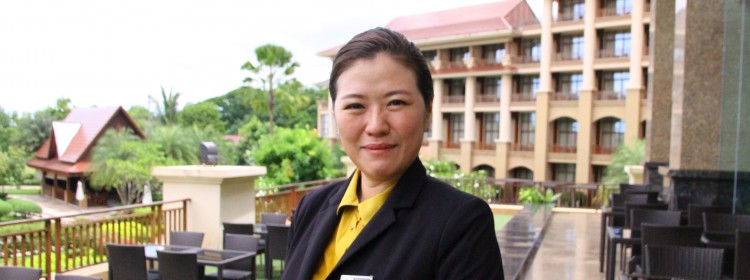



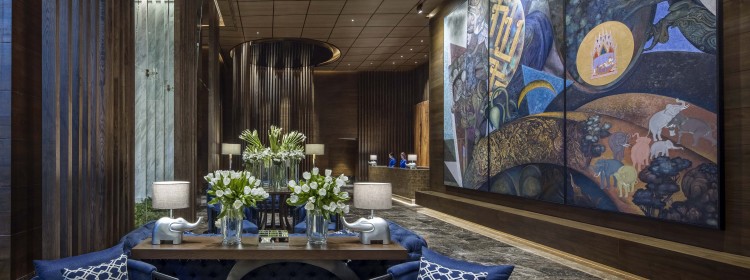




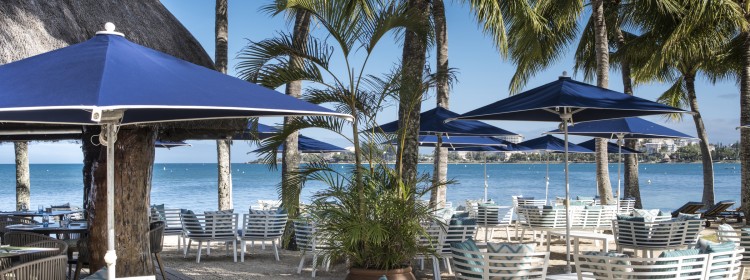




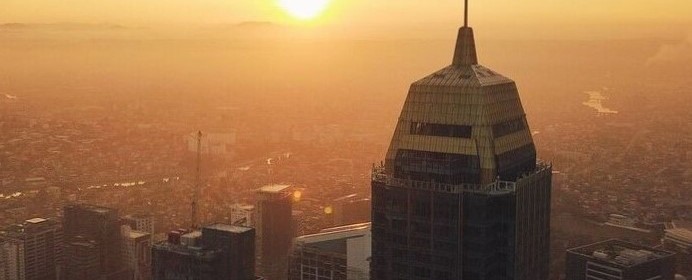




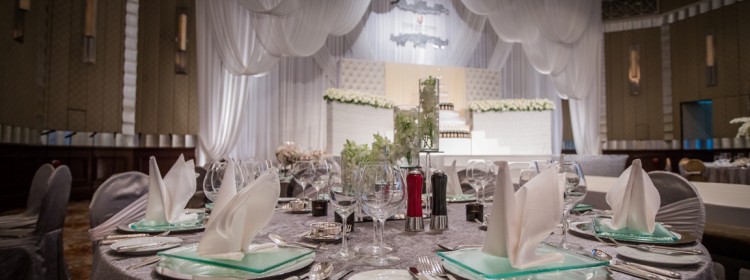




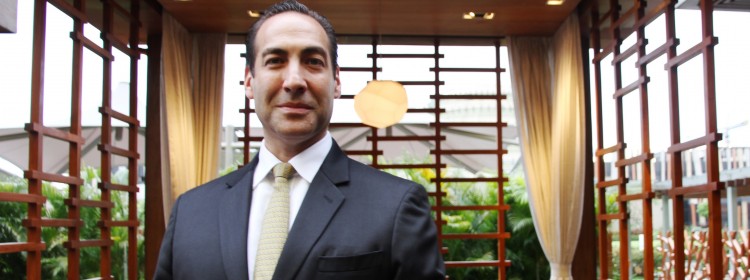

 We have the F&B, the entertainment and DreamPlay [pictured left and below, a family play space with attractions also suited to teambuilding activities] which is a first in the world. Couple that with the service we provide. In my opinion, and of course I’m biased, it’s a no-brainer. Why not come here?
We have the F&B, the entertainment and DreamPlay [pictured left and below, a family play space with attractions also suited to teambuilding activities] which is a first in the world. Couple that with the service we provide. In my opinion, and of course I’m biased, it’s a no-brainer. Why not come here?
 I’m proud of my luxury hotel experience which covers the gamut of line staff positions – security, night manager, housekeeping, guest services. We’re all professionals. A house keeper is not a maid; he or she is someone who provides a professional service.
I’m proud of my luxury hotel experience which covers the gamut of line staff positions – security, night manager, housekeeping, guest services. We’re all professionals. A house keeper is not a maid; he or she is someone who provides a professional service.
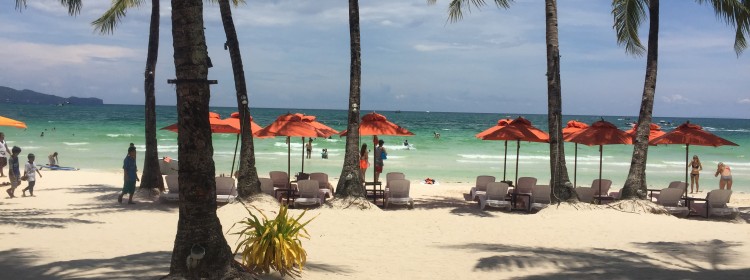

 There’s a serene lap pool as well as a spa and fitness centre, and two restaurants serve as well-priced alternatives to the plethora of other outlets that front onto White Beach.
There’s a serene lap pool as well as a spa and fitness centre, and two restaurants serve as well-priced alternatives to the plethora of other outlets that front onto White Beach.
